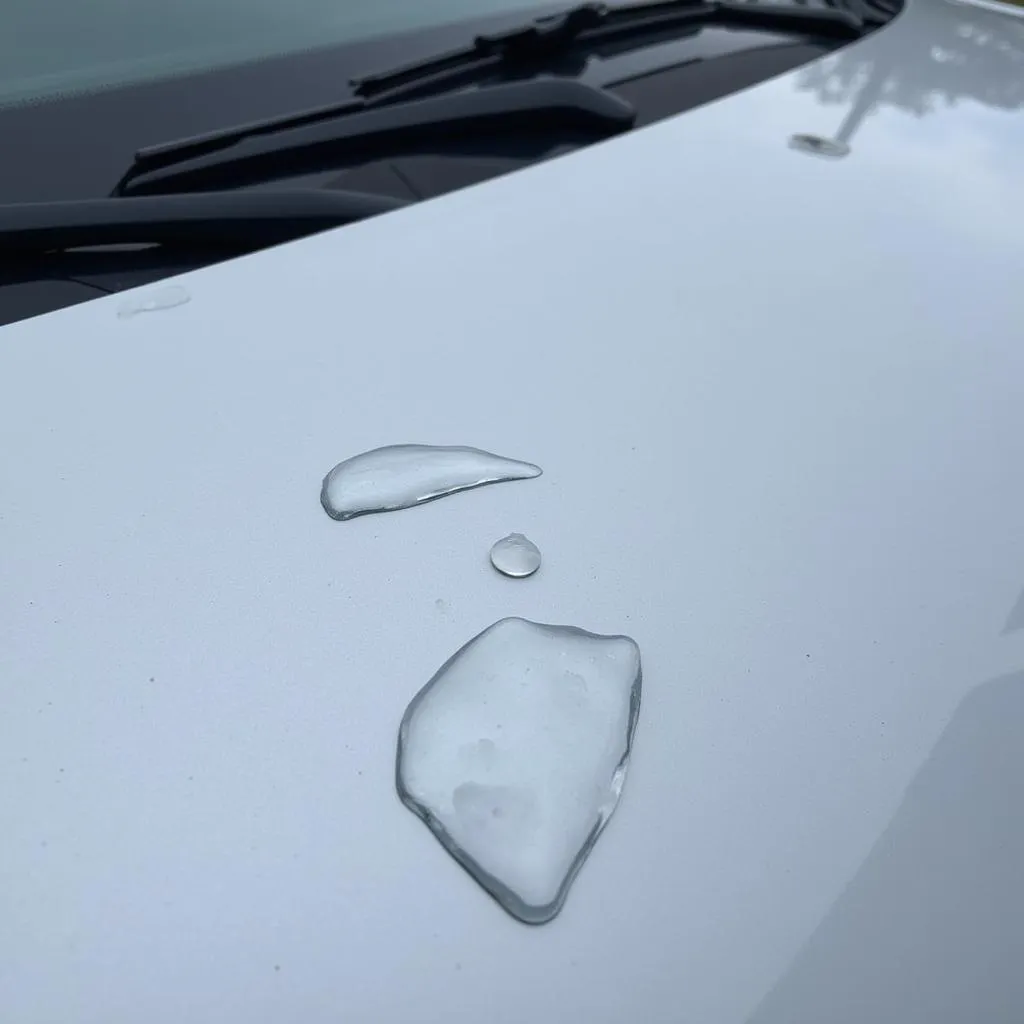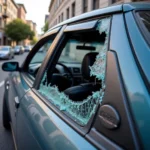Hail storms can be a nightmare for car owners, leaving behind a trail of dents and dings. While severe hail damage often warrants extensive repairs, light hail damage might seem like a minor inconvenience. However, even seemingly superficial damage can impact your car’s value and potentially lead to more costly problems down the line if ignored. So, how much does it cost to repair light hail damage on a car? Let’s delve into the factors influencing the cost and explore your repair options.
Factors Affecting the Cost of Repairing Light Hail Damage
The cost of repairing light hail damage can vary significantly depending on several factors:
- Extent of the Damage: The number of dents, their size, and depth play a crucial role in determining the repair cost. A few shallow dents will naturally cost less to repair than numerous deep dents spread across the car’s body.
- Car’s Make and Model: Luxury and imported vehicles generally have more expensive parts and labor costs. This means repairs for a high-end car will likely be pricier than for a standard model, even with similar hail damage.
- Paint Damage: If the hail has chipped or scratched the paint, the repair cost increases. Touch-up paint or even repainting a panel might be necessary.
- Repair Method: Different repair methods come with varying costs. Paintless dent repair (PDR) is generally more affordable than traditional bodywork.
- Location: Labor rates and shop overhead can fluctuate depending on your geographic location.
Understanding Repair Options for Light Hail Damage
Choosing the right repair method depends on the severity of the hail damage and your budget. Here are common repair options for light hail damage:
- Paintless Dent Repair (PDR): PDR is a cost-effective method for repairing minor dents without affecting the original paint job. This technique involves a skilled technician massaging the dents out from behind the panel using specialized tools.
- Traditional Bodywork: For deeper dents or dents that have damaged the paint, traditional bodywork might be necessary. This involves filling the dents, sanding, and repainting the affected areas.
- DIY Repair Kits: While DIY kits are available, they are best suited for very minor, shallow dents and require careful handling to avoid further damaging the paint.
Getting an Accurate Estimate
Before deciding on a repair shop, it’s crucial to get multiple estimates. Ensure each estimate includes a detailed breakdown of the repair costs, including labor, parts, and any additional services.
Dealing with Insurance
If you have comprehensive auto insurance, it will likely cover hail damage repair. However, remember that you’ll need to pay your deductible, and the insurance payout might not cover the total repair cost, especially if you choose a more expensive repair method or shop.
Should You Repair Light Hail Damage?
You might wonder if repairing light hail damage is necessary. While minor dents might not seem like a big deal, ignoring them can lead to:
- Rust and Corrosion: Dents, even small ones, can chip away the protective paint layer, making your car susceptible to rust and corrosion.
- Reduced Resale Value: Hail damage, regardless of severity, can significantly lower your car’s resale value. Potential buyers might be wary of hidden damage or future problems.
- Insurance Issues: If you decide to sell your car without repairing hail damage, your insurance company might offer a lower payout if the car is involved in a future accident.
Conclusion
While light hail damage might not seem as daunting as major collision damage, it’s essential to address it promptly. Understanding the factors influencing the repair cost, exploring your options, and getting multiple estimates can help you make informed decisions and restore your car’s appearance and value.



